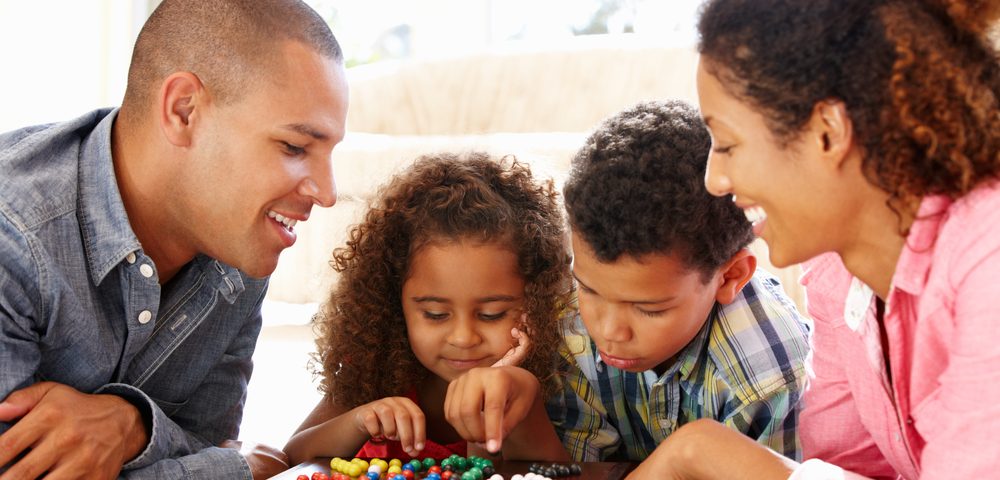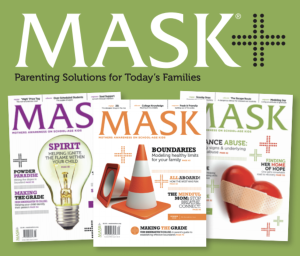
Let Them Fail
June 12, 2021
Today’s Digital Era
June 14, 2021Elementary school-age children need their parents’ attention and time more than at any other age because of their dependence on adults for caretaking purposes.
During this time, kids (and parents) need to play together. Play is a child’s way of communicating, so parents that can play—and play according to their children’s rules—are likely to create fun, precious memories that lead to strong, healthy relationships.
As children get older, they still need a lot of attention, but the time spent together is less on play and more on tasks and responsibilities, such as homework, sports and activities. As the balance between work and play shifts, remember that the type of play your child engages in changes. Also, they are more likely to want to play with same-age peers. When this begins to happen, shift the time you spend with your child on engaging in more mature activities together.
In addition, finding time to spend together can be a challenge. Before school, carve out 5 to 10 minutes with your child. Make sure to keep the focus on them and the relationship rather than on homework, scheduling and tasks. Ask things like how they slept the night before or if they are looking forward to any specific events or activities that day.
After school, spend time together by making meals, doing a hobby together, or going to the bookstore and picking out a book to read together. The goal is to develop a ritual or activity that you both enjoy doing together.
Effects & benefits
More likely to develop trusting and reciprocal relationships with their family and friends
Learns social adaptability
Develops reliable coping skills for emotional regulation
Exhibits independent and is able to rely on themselves to problem solve and complete tasks
Has better social judgment and takes fewer dangerous risks
More equipped to handle life’s challenges and disappointments
Likely to have a sense of direction or drive, and motivation to set goals
Kind to others
Becomes more inclusive in their play with others
What you can do
Create daily rituals cued by particular activities or times of day.
Share your highs and lows of the day during the car ride home or at dinnertime.
Read a book together at bedtime.
Share what you look forward to for the day with each other.
Go for a short walk together before or after dinnertime.
For younger kids, create child-centered play times where they take the lead and you do, act, say and play under their direction (as long as it is safe).
Put notes saying, “I love you” or “Have a great day!” in their lunchboxes.
Play games or do puzzles together.
Include your child in household routines. This helps create a community of interrelatedness so that family members can rely on each other to get things done around the house.
Go on a picnic, even in your backyard or living room.
Build forts in your living room with boxes, pillows and blankets.
Play dress up or let them pick your outfit and you pick theirs. Go out dressed up and run errands together in the outfits you picked out for each other.
Have fun with your kids—they don’t stay this young for long.
“Doing fun things together is the best part of being a kid. What’s fun for you?”
“What fun things can we do together?”
“What is the best part of being part of our family?”
“What are the fun things that you like to do with me?”
“What was the best part of your day?”
“Are you looking forward to anything today?”
MASK the Parenting Magazine a quarterly publication providing solutions for Today’s Families.
The parenting manual offering solutions to the modern-day challenges families face. From Pre-K
through College stay up to date on the modern day issues families face.
Are you up to date on the issues your child is facing?
MASK Mothers Awareness on School-age Kids offers parenting solutions for today’s families. MASK tackles important topics – from drugs and alcohol to bullying and Internet safety -and gives students, parents and the community the knowledge and tools to manage these potential challenges.
Subscribe today! https://www.tools4teaching.com/product/mask-the-magazine/
Download and share the MASKmatters app now! Made for children, parents, teachers and in Spanish.
Have solutions at your fingertips
Available free on apple and google play links below
Apple https://apps.apple.com/us/app/maskmatters/id1482305692
Google Play
https://play.google.com/store/apps/details?id=com.maskmatters.maskmattersapp&hl=en_US&gl=US





